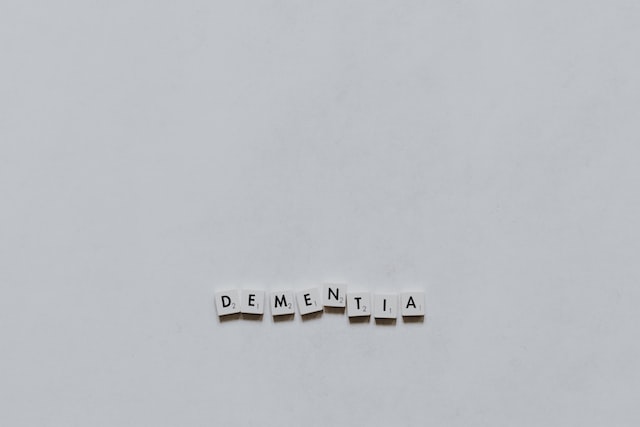Swollen ankles and feet, medically known as peripheral edema, can become a common and uncomfortable problem as people age. Preventing this condition from occurring later in life involves a combination of lifestyle habits, dietary choices, and awareness of underlying health conditions that contribute to fluid buildup in the lower extremities.
One of the simplest and most effective ways to prevent swelling in the ankles and feet is to **promote good circulation**. This can be done by regularly elevating the legs above heart level for about 20 to 30 minutes several times a day. Elevation uses gravity to help fluid drain from the lower limbs back into the bloodstream, reducing the chance of fluid pooling and swelling[1][2]. When sitting or resting, propping feet on pillows or a cushioned surface can make a significant difference.
**Staying physically active** is another key preventive measure. Gentle exercises such as ankle pumps, circles, walking, or calf muscle contractions stimulate blood flow and lymphatic drainage, which helps prevent fluid accumulation. Prolonged sitting or standing without movement can worsen swelling because it allows fluid to pool in the legs. Walking regularly and doing simple leg stretches can maintain healthy circulation and reduce stiffness[1][2][4].
Diet plays a crucial role in managing fluid balance. **Reducing salt intake** is essential because sodium causes the body to retain water, which can lead to swelling. Avoiding processed foods, fast food, and salty snacks helps minimize excess sodium consumption. At the same time, **staying well-hydrated** by drinking plenty of water supports kidney function and helps flush out excess salt and fluids from the body[1][2]. A balanced diet rich in fruits, vegetables, lean proteins, and whole grains also supports overall vascular and joint health.
For many older adults, **wearing compression stockings** can be a practical preventive strategy. These stockings apply graduated pressure, highest at the ankle and decreasing up the leg, which helps veins push blood back toward the heart and prevents fluid from leaking into surrounding tissues. Compression stockings with mild pressure (15-20 mmHg) are often available over the counter, but more severe cases may require prescription-strength stockings fitted by a healthcare professional[2][4][5].
It is important to recognize that swollen ankles and feet can sometimes signal underlying medical conditions that require attention. Common causes include **chronic venous insufficiency (CVI)**, where veins have trouble returning blood to the heart, leading to pooling and swelling. Symptoms of CVI include aching, heaviness, itching, and skin discoloration around the ankles. Walking and calf muscle exercises often relieve symptoms because they activate the muscle pump that aids venous return. Treatment for CVI may involve lifestyle changes, compression therapy, and in some cases, medical procedures[4].
Other serious conditions that can cause swelling include **heart, kidney, or liver disease**. For example, heart failure can lead to fluid buildup in the legs due to poor cardiac output. Kidney disease impairs the body’s ability to remove excess fluid, and liver disease can cause fluid accumulation in the abdomen and legs. If swelling is accompanied by symptoms such as shortness of breath, chest pain, or sudden weight gain, it is critical to seek medical evaluation promptly[2].
**Circulatory problems** such as peripheral artery disease can also contribute to swelling and discoloration of the feet, especially in older adults. Narrowed or hardened arteries reduce blood flow, causing symptoms like cold feet, numbness, and purple or blue skin. These signs require urgent medical assessment to prevent complications like tissue damage or gangrene[3].
In addition to lifestyle and dietary measures, **avoiding prolonged immobility** is important. Sitting or standing in one position for too long can worsen swelling by allowing fluid to pool. Taking breaks to move around, stretch, or elevate the legs helps maintain circulation and prevent edema[1][3].
In some cases, when swelling is persistent or severe, medical treatments such as **diuretics (water pills)** may be prescribed to help the body eliminate excess fluid. However, these should only be used under medical supervision after identifying the underlying cause of the edema[2][5].
To summarize the key preventive strategies for swollen ankles and feet later in life:
– Elevate legs above heart level regularly to aid fluid drainage.
– Stay physically active with gentle leg exercises and walking.
– Reduce dietary salt intake and maintain good hydration.
– Wear compression stockings as recommended.
– Avoid prolonged sitting or standing without movement.
– Monitor for symptoms of underlying health conditions and seek medical advice if swelling is persistent or accompanied by other concerning signs.
By adopting these habits and maintaining regular health check-ups, many people can reduce their risk of developing swollen ankles and feet as they age, improving comfort and mobility.
Sources:
[1] Orlin Cohen, 5 Ways to Reduce Swollen Ankles
[2] Better Health While Aging, Leg Swelling in Aging
[3] Home Instead, Causes Of Purple Feet In The Elderly
[4] Yale New Haven Health, Interest Swells in Chronic Venous Insufficiency
[5] Dr.Oracle, What is the treatment for foot edema?





